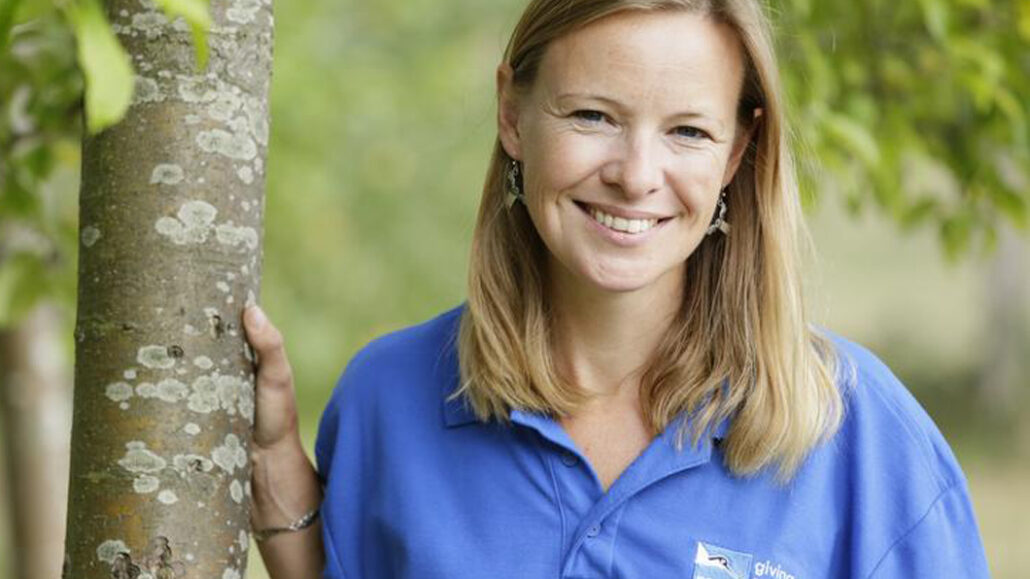Wherever appropriate, I encourage students to put themselves in their films. This often means questioning why they’ve come to Mull and the real reason behind making a film. Year after year, the answers are increasingly personal and can often surround challenges of confidence and self belief. Storytelling is self expression and whether you physically appear or not, your thoughts and views will be more engaging for the audience.
But without fail, there is a stumbling block when there’s a need for a voice over. We all hate the sound of our own voice and that’s because we have an ideal of how we should sound. I’m no exception, that is until until lockdown happened. I did a series of podcasts with the Wildlife Trust and also ended up on live radio and TV a few times for WildstreamTV. I wanted to say no but in saying yes, I had to very quickly let go of my fear and accept that this is how I sound. Once I did, recording my voice was far easier. Remember, other people like the way you sound…
I’ll stop talking (for now) as you should really hear it from a professional. I asked friend, broadcaster and WildstreamTV ambassador, Miranda Krestovnikoff to lend an expert voice when it comes to mastering the art of a voice over.
Your voice, as creator of the film, will be the perfect one – even if you don’t think so.
The first time I heard my own voice, I took an instant dislike to it. All of it – The accent, tonality and timbre offended me. It wasn’t how I wanted “me” to sound. It took a while, but I got over it – reminding myself that this is how everyone has always heard me – so it’s was only me that was the problem, not my voice.
So the first thing to do is to learn to like, or even love your voice – it’s the only one you’ve got!
When you first record a narration there are a few things you may want to consider: Sometimes it helps to have someone listening, making helpful comments (!) Maybe record your narration more than once – try different speeds, different colours of sound. I always need reminding just to slow down, closing my eyes often helps…and if it’s a lengthy piece, then I’ll go back and record the first few minutes at least one more time at the end when I’m in a more peaceful mood.
And there’s more than one way of narrating – I have a “This isn’t just Marks and Spencer” advert voice which is slow, smooth, lyrical and chocolatey and then there’s my “One Show” voice – which is full of energy and very conversational. Remember, for the viewer, it’s so lovely to hear the voice of the film-maker rather that some “professional” who has been shipped in and who has no connection with the film.
Your voice, as creator of the film, will be the perfect one – even if you don’t think so. You will narrate your own film 100 times better than anyone else. You know it inside out – you need to tell the story of your own work and to make it personal to you. Have fun experimenting and playing around – and just enjoy it – it’s your voice after all!

